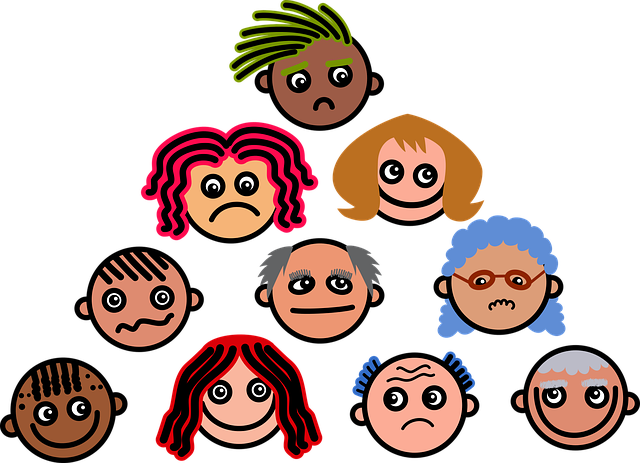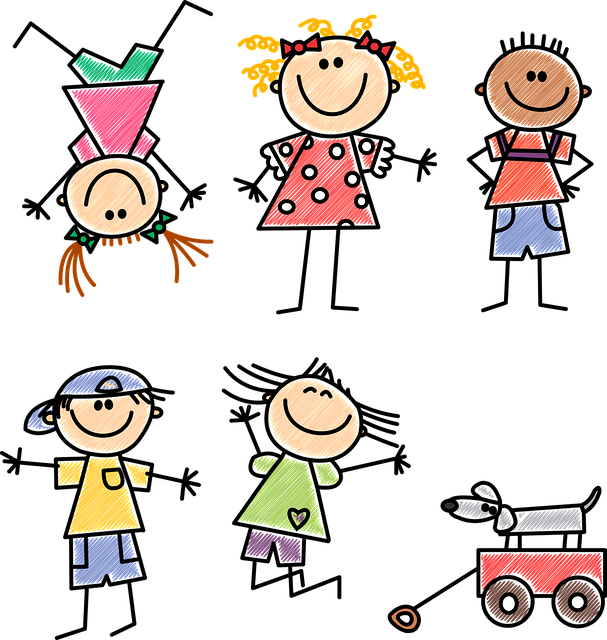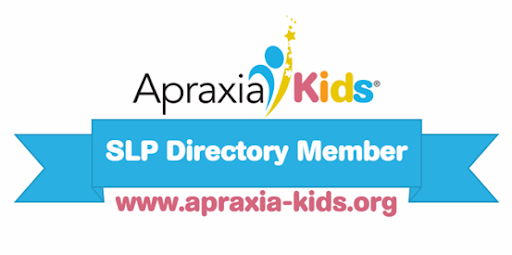
Neurodiversity and Speech Therapy
April celebrates what is now called Autism Acceptance Month. Autistic author, Elle Love, wrote that: “Creating awareness was the first step in our conversation about disability inclusion, however, acceptance enforces awareness and reflects how our society should celebrate the differences and abilities that neurodivergent people have.” Neurodiversity refers to the range of differences in individual brain function and behavioral traits, regarded as part of normal variation in the human population. The term has popularly been used in the context of Autism Spectrum Disorder (ASD), but also includes a range of neurological differences, such as Attention-Deficit/Hyperactivity Disorder (ADHD), dyslexia and dyspraxia. Autism spectrum disorder (ASD) is associated with differences in communication, learning, and behavior. Some differences for











